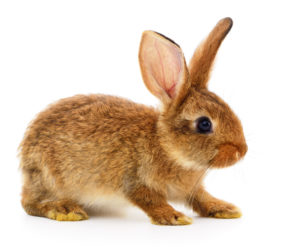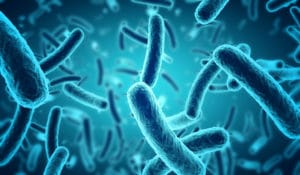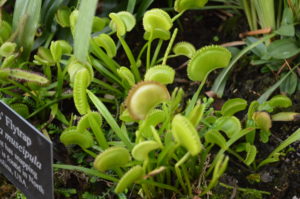More About
Producers,
Consumers, and
Decomposers
Vocabulary
Read the vocabulary terms to understand the reading better.
Carnivore
A carnivore is an animal that mostly eats meat. For example, lions and snakes are carnivores.
Decomposer
A decomposer is a living thing that feeds on and breaks down dead plants and animals. Some examples of decomposers include earthworms and bacteria.
Herbivore
A herbivore is an animal that mainly feeds on plants. For example, insects and elephants are herbivores.
Omnivore
An omnivore is an animal that eats plants and animals. For example, dogs and raccoons are omnivores.
Photosynthesis
Photosynthesis is when green plants use sunlight to make their food.
Every living thing needs energy to live. Scientists group living things into three categories, based on how they get energy. Those categories are producers, consumers, and decomposers.
Producers

Producers use the energy in sunlight to make their own food. Most producers are green plants. They use a process called photosynthesis to make food from sunlight. Grasses, bushes, and trees are all examples of producers.
Consumers

Consumers get their energy from eating other living things. Lions, skunks, rabbits, and spiders are all consumers. Animals such as rabbits that eat only plants are called herbivores. Animals such as lions that eat only animals are called carnivores. Animals such as skunks that eat plants and other animals are called omnivores.
Decomposers

Decomposers eat dead plants and animals to get energy.
When living things die, their bodies still contain many nutrients. Decomposers help to break down, or decompose, a dead plant or animal.
When something that was alive decomposes, nutrients from the plant or animal go back into the soil. Then plants can use these nutrients to help them grow.
Bacteria are examples of decomposers.
Food Chains
A food chain shows how animals in a habitat get energy from each other. Below is an example of a food chain in a forest habitat.

Show What You Know!
Complete some questions about the reading selection by clicking “Begin Questions” below.










